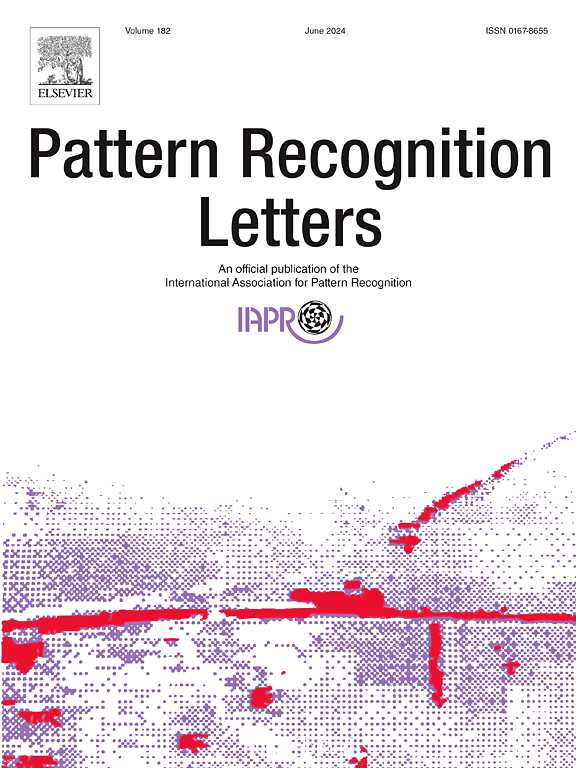创伤后应激障碍儿童的多模式、基于情境的数据集
IF 3.3
3区 计算机科学
Q2 COMPUTER SCIENCE, ARTIFICIAL INTELLIGENCE
引用次数: 0
摘要
临床医生诊断创伤后应激障碍的传统方法在本质上是主观的,需要考虑特定的事件/背景。为这些敏感领域开发基于人工智能的解决方案需要采用类似的方法。考虑到这一点,我们提出了一个在多种情况下临床诊断患有/没有创伤后应激障碍的儿童受试者的去识别数据集。该数据集有助于促进该领域未来的研究。对于数据集中的每个受试者,参与者与临床医生和/或监护人进行了几次会议,这些会议带来了参与者的各种情绪反应。我们收集了这些会话的视频,对于每个视频,我们提取了几个面部特征,这些特征分离了受试者的身份信息。这些包括面部标志、头部姿势、动作单位(AU)和眼睛注视。为了评估该数据集,我们提出了一种基线方法,使用视频帧的编码动作单元(AU)强度作为特征来识别PTSD。我们表明,AU强度本质上捕捉了受试者的表达能力,可以在PTSD解决方案建模中加以利用。AU特征用于训练用于分类的变压器,其中我们建议使用可学习的傅立叶表示编码低维AU强度向量。我们表明,这种编码与标准的多层感知器(MLP) AU强度映射相结合,与单独的对应对象相比,产生了更好的结果。我们将该方法应用于创伤后应激障碍讨论的各种背景(例如,临床医生与儿童的讨论),我们的实验表明,使用背景对儿童视频进行分类是必不可少的。本文章由计算机程序翻译,如有差异,请以英文原文为准。
Multimodal, context-based dataset of children with Post Traumatic Stress Disorder
The conventional method of diagnosing Post Traumatic Stress Disorder by a clinician has been subjective in nature by taking specific events/context in consideration. Developing AI-based solutions to these sensitive areas calls for adopting similar methodologies. Considering this, we propose a de-identified dataset of children subjects who are clinically diagnosed with/without PTSD in multiple contexts. This datset can help facilitate future research in this area. For each subject, in the dataset, the participant undergoes several sessions with clinicians and/or guardian that brings out various emotional response from the participant. We collect videos of these sessions and for each video, we extract several facial features that detach the identity information of the subjects. These include facial landmarks, head pose, action units (AU), and eye gaze. To evaluate this dataset, we propose a baseline approach to identifying PTSD using the encoded action unit (AU) intensities of the video frames as the features. We show that AU intensities intrinsically captures the expressiveness of the subject and can be leveraged in modeling PTSD solutions. The AU features are used to train a transformer for classification where we propose encoding the low-dimensional AU intensity vectors using a learnable Fourier representation. We show that this encoding, combined with a standard Multilayer Perceptron (MLP) mapping of AU intensities yields a superior result when compared to its individual counterparts. We apply the approach to various contexts of PTSD discussions (e.g., Clinician-child discussion) and our experiments show that using context is essential in classifying videos of children.
求助全文
通过发布文献求助,成功后即可免费获取论文全文。
去求助
来源期刊

Pattern Recognition Letters
工程技术-计算机:人工智能
CiteScore
12.40
自引率
5.90%
发文量
287
审稿时长
9.1 months
期刊介绍:
Pattern Recognition Letters aims at rapid publication of concise articles of a broad interest in pattern recognition.
Subject areas include all the current fields of interest represented by the Technical Committees of the International Association of Pattern Recognition, and other developing themes involving learning and recognition.
 求助内容:
求助内容: 应助结果提醒方式:
应助结果提醒方式:


